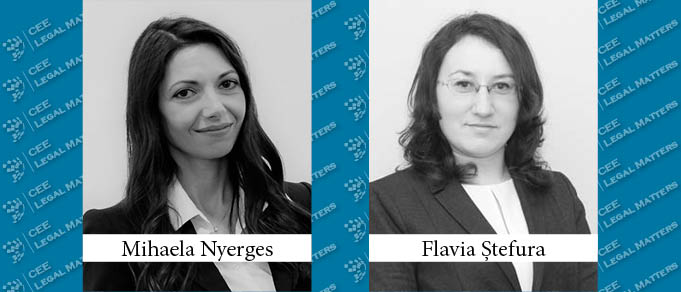Not all the impacts of the COVID-19 crisis on Romanian society are negative. The crisis also led to the much-overdue regulation of telemedicine in Romania.
What started out as a temporary solution to the pandemic became permanent when telemedicine was incorporated into Romanian Health Law through Government Emergency Ordinance no. 196/2020, amending and supplementing Health Law no. 95/2006, which came into force on November 19, 2020. GEO no. 196/2020 only regulates telemedicine in broad terms, and the adoption of implementation norms by Government Decision remains necessary. Although the norms were supposed to be adopted within 45 days of the enforcement of GEO no. 196/2020, no such norms have been yet adopted.
Telemedicine Rules in Romania
Telemedicine is defined as all medical services provided remotely, without the simultaneous physical presence of medical staff and the patient, for such purposes as making a diagnosis, indicating treatment, monitoring disease, and/or indicating the methods of disease prevention, securely, through information technology and electronic means of communication. GEO no. 196/2020 sets out the types of services that may be provided through telemedicine, as well as the general rules that are to be observed in delivering them. Telemedicine may be offered by all medical service providers, irrespective of whether they are in contractual relations with a health insurance house.
Telemedicine services consist of: (i) tele-consultations, where medical personnel discuss diagnosis, treatment or prevention methods with patients; (ii) tele-expertise, where medical professionals exchange opinions for confirming a diagnosis based on patient documents, without the patient being present; (iii) tele-assistance, where a medic provides remote assistance to another practitioner on a medical or surgical act; (iv) tele-radiology, where radiologic images are transmitted through digital means to remote specialists for interpretation purposes; (v) tele-pathology, where microscopic images and data are transmitted through digital means to remote specialists for interpretation purposes; and (vi) tele-monitoring, where a remote specialist medic monitors and interprets a patient’s medical data sent by the patient or specific devices.
Medical service providers must ensure that patients’ rights are observed when performing tele-medical acts, just as when performing in-person medical services. Additionally, patients must be informed of the types and limits of available tele-medical services and may refuse such services in favor of in-person medicine.
Also, the confidentiality and security of remotely transmitted data must be ensured.
Opportunities and Challenges
Regulating telemedicine brings certain advantages both for the patients and for medical practitioners. Patients will, at least theoretically, benefit from faster access to medical care. In practice, the efficiency of the telemedicine system will depend on how providers choose to implement remote services. Moreover, patients from rural communities will see reductions both in their costs and the amount of time necessary to obtain medical services, which are mostly located in urban areas.
From the perspective of the practitioners, telemedicine gives more flexibility and allows them to keep a closer relationship with patients, along with helping them organize and manage their workloads.
However, telemedicine also poses some challenges. Medical service providers will have to ensure data confidentiality and security within both their information systems and the space where the medical act is carried out.
From an infrastructure standpoint, investments should focus on software applications that are both compatible with the sometimes-outdated systems of the National Health Insurance House (to enable practitioners to access electronic patient files stored on such systems), and that embed state-of-the-art security (in order to minimize any liability arising from potential breaches of patient data).
Conclusions
Some forms of telemedicine, such as accessing laboratory analysis results remotely, were practised by medical service providers even before the general-scale regulation of telemedicine. However, GEO no. 196/2020 paves the way for a digital revolution in the provision of medical services in Romania. Nevertheless, regulating telemedicine is just the foundation and more important steps should follow, such as creating appropriate infrastructure and organizing the activity so that patients are convinced that telemedicine is a viable alternative to in-person medicine. Regulating telemedicine is only one step in the optimization of the Romanian medical system, which is in dire need of improvement.
By Gelu Maravela, Managing Partner, Mihaela Nyerges, Managing Associate, and Flavia Stefura, Senior Associate, MPR Partners
This Article was originally published in Issue 8.5 of the CEE Legal Matters Magazine. If you would like to receive a hard copy of the magazine, you can subscribe here.

